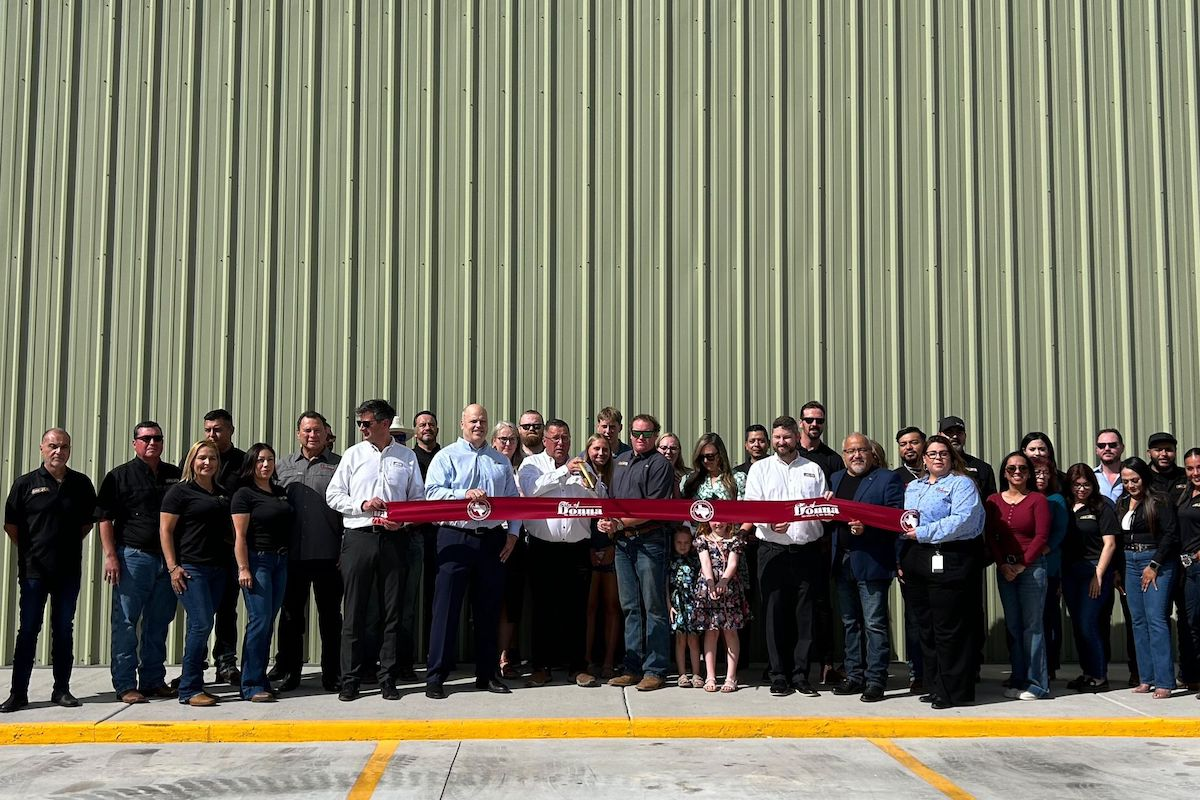Despite the decline in spending, the Dodge Construction Momentum Index, a measure of the first report for nonresidential building projects in planning, saw its first increase of 2020 in July, moving up 3.4 percent, and suggesting there might be a pick-up in construction in the second half of the year.
As construction companies continue to deal with the fallout from COVID-19, they should look toward technology to help grow their operations. The pandemic has expedited a significant digital transformation across many industries. Schools and offices have moved to living rooms and kitchen tables, increasing the need for more space at home and faster internet speeds through fiber broadband. Meanwhile, retailers are tracking even more online transactions as consumers shy away from stores. Construction companies should look to participate in this digital transformation, both on and off the jobsite, to build flexible and resilient operations that can promote long-term growth.
Below are some of the recent trends we have noted through discussions with clients.
Elevating Jobsite Management
The technology replaces workers’ badges to get onto a jobsite and provides supervisors with real-time and historic information on who was on the jobsite, when they arrived and where they worked (zones and levels).
Increased Visibility Into Employee Interactions
The technology tracks employee movement and proximity to others on the jobsite, which can help companies assess individual employee risk in the event of COVID-19 infection.
Improved Worker Safety
The Spot-R contains a push-button, which alerts superintendent or safety managers in real-time of safety issues and their location.

| Your local Trimble dealer |
|---|
| WPI |
This technology and others like it are helping construction companies remain open and safe through the pandemic.
Additionally, construction management software is becoming more sophisticated to allow for better interaction with other software platforms, providing greater visibility for users of these systems. One example is the integration between Procore and Prophix (a corporate performance management software tool). Integrating Prophix and Procore allows construction companies to automate job cost reporting, WIP reporting, forecasting and cash flow projections from a single platform.





































































